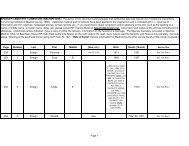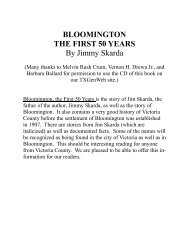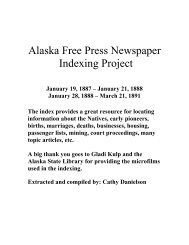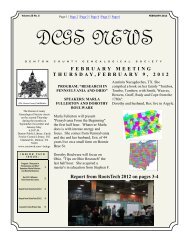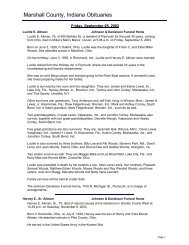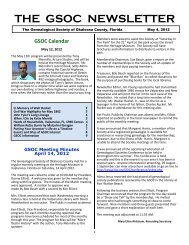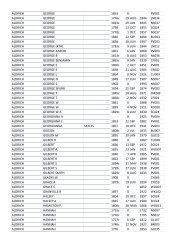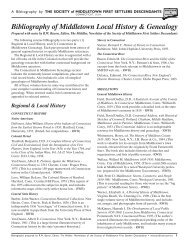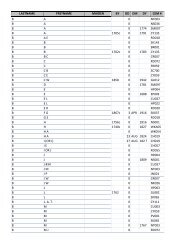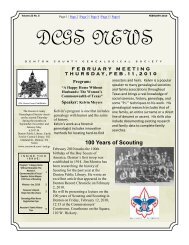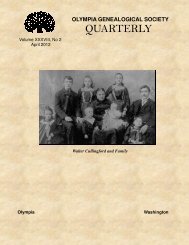EARLY EDUCATION IN DAVIE COUNTY circa 1900 ... - RootsWeb
EARLY EDUCATION IN DAVIE COUNTY circa 1900 ... - RootsWeb
EARLY EDUCATION IN DAVIE COUNTY circa 1900 ... - RootsWeb
Create successful ePaper yourself
Turn your PDF publications into a flip-book with our unique Google optimized e-Paper software.
THE MOVEMENT FOR BETTER SCHOOLS<br />
There were many reasons why North Carolina made slow progress in education after the war. (Civil<br />
War). The low income and poverty of the people, the bad roads and scattered population, and the large<br />
number of children made it very difficult to have a good school in reach of every child. The schools<br />
that were set up were poor because the teachers were not well trained, buildings and equipment were<br />
poor, and classes were too large.<br />
Slowly, though, the friends of public education gained in strength. By 1890 there was a strong<br />
movement for better schools. Manufacturing and trade had caused a great increase in the towns of<br />
wealth, crops were larger, and the state was now wealthy enough to spend more money for education.<br />
The farmers had begun to organize. They demanded that the businessmen be forced to pay their fair<br />
share of taxes. Then the state would have more money for public schools.<br />
Then, too, a group of young leaders was urging, that public education was the only sure road to<br />
progress. In 1899 Charles D. McIver and Edwin A. Alderman were sent by the state into every county<br />
to train teachers and to speak to the people about the need for public education. For three years these<br />
men preached education and made many thousands of people willing to pay taxes for schools.<br />
Ignorance is more costly than good schools, they said. In Raleigh, Walter Hines Page, a young editor,<br />
had been trying to wake the state. L.L. Polk and Marion Butler were urging the farmers to support<br />
schools and colleges. In Goldsboro Charles B. Aycock was a friend of public education.<br />
The legislature provided more money for schools and required the people of every school district to pay<br />
or vote on the question of local school tax. Now the Democratic party was restored to state power with<br />
younger leaders who were in favor of progress.<br />
The Democrats voted more money for public schools and elected Charles B. Aycock governor in <strong>1900</strong><br />
on the promise to set up better public school for all white and Negro students. With Aycock a new age<br />
of public education opened in North Carolina.<br />
Hugh T. Lefler<br />
1969 Edition of<br />
North Carolina – History Geography and Government<br />
2



